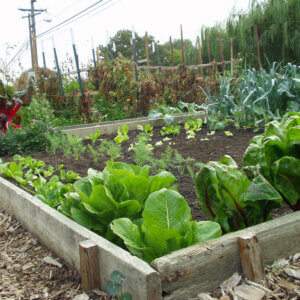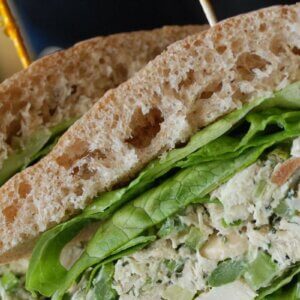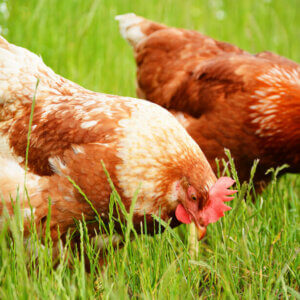
- Purpose: Layer
- Eggs: White Or Cream
- Egg Size: Large
- Color: Black With White Spots
- Comb Type: Large Single Comb Or Rose
Originally from the Italian town from which it draws its name, this showy, independent chicken was introduced to the USA around the 1800s. Since then, the Ancona has stolen hearts with its bold good looks and keen survival skills.
Ancona chickens will be the watchdogs of your flock. With sharp eyes and a wary, alert personality, they are first-rate predator alarms, and will probably keep your whole backyard informed of what lurks in the skies or at the corners of your fence.
For a chicken, they are good at flying (they were bred to fly away from danger) and are fantastic foragers. Their self-preservation instincts can make them primo egg layers in a low-cost, free-ranging flock. They are weather hardy, though you should keep an eye on their lovely, large combs in case of frostbite.
Characteristics
Their gorgeous looks also win them prizes in the show ring. With a proud carriage, white-tipped, beetle-green feathers, and two different types of comb (either the large single comb or rose comb), this striking bird is not easily passed over.
The Ancona Has Little Love To Spare
If you want a cuddly pet bird who will run up to you for treats, this may not be the best choice for you. Though handling them may make them less flighty, they are not known for being a docile chicken. These standoffish chickens are not generally recommended for those new to raising a backyard flock–an Orpington or Wyandotte may be a better fit for the novice.
Even though they are superb egg layers, they are far too busy exploring and foraging to stay seated on a nest. If you want to breed them and raise striking, black-and-white chicks, you’re better off getting a Silkie hen to brood the eggs for you.
Finally, if you’re looking for a bird to eat, the Ancona is going to be a meager mouthful. With males reaching 6.5lbs and hens weighing in around 5lbs, these small chickens are too active to pack on the pounds.
What’s The Yield?
Anconas are known for laying large white or cream eggs at a fairly good pace–particularly since they are so disinclined to brood. You can expect about 180-220 eggs from a mature hen in a year.
They typically lay eggs a little later into the season than most birds as well, so you can continue collecting eggs from them when all your other chickens have taken their winter break. Pullets may start producing their first of many eggs around five months old.
What’s Special About Ancona Chickens
Though they are named from the Italian port city from which they originated, the breed was brought to the United Kingdom in the 1800’s, where it was developed into its modern form. Though popular in Great Britain and the US, the breed is rather rare in its native Italy, where there are currently efforts to reintroduce it.
Photos of Ancona Chickens
Resources
- Ancona, My Pet Chicken
- Ancona, BackYard Chickens
- Ancona Chickens, Poultry Keeper
- Anconas, Murray McMurray Hatchery
- Ancona, Backyard Chicken Coops
- 5 Reasons To Love Ancona Chickens, Backyard Chicken Coops







































